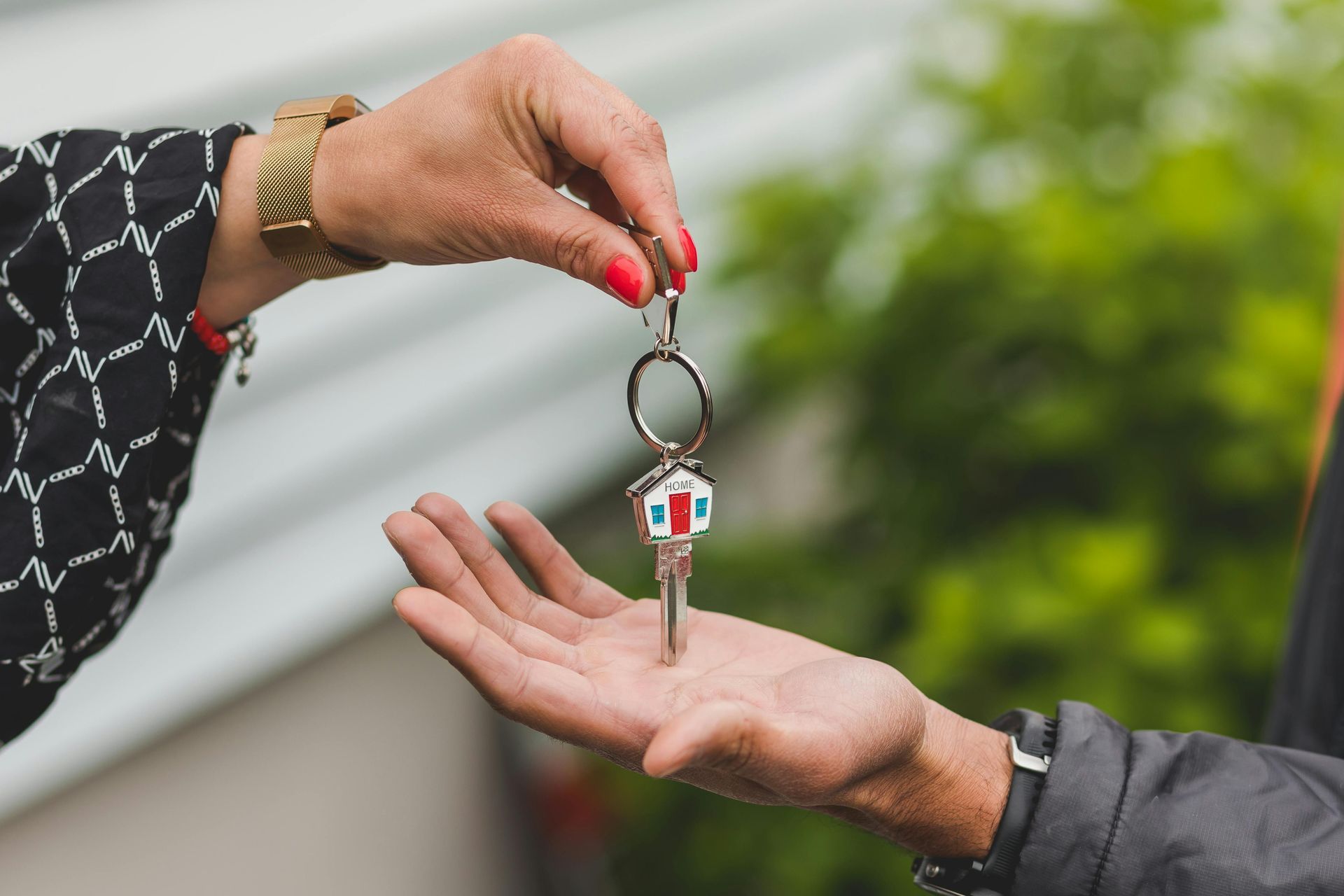Senior's Have Options!
Why Choose a Reverse Mortgage Over a HELOC?

As the cost of living has increased, it may be challenging to meet your retirement income needs and access the cashflow you need to live a desired lifestyle. One advantage that many retired Canadians possess is home ownership. Tapping into some of the equity you have built in your home can help you obtain the additional funds you require.
Tap into your home equity
If you wish to stay in your current home, there are two popular methods to tap into your home equity: a Home Equity Line of Credit (HELOC) and a reverse mortgage.
HELOC lenders typically allow homeowners to access up to 65% of their home's value. With a HELOC, you can borrow money as needed, based on an agreed-upon amount, and you'll be required to make minimum monthly interest payments. Unlike a conventional mortgage, there are no fixed scheduled payments towards the loan's principal, offering you the flexibility to repay the loan at your convenience.
A reverse mortgage is another common way homeowners tap into their home equity. Specifically, the Reverse Mortgage by is designed for Canadian homeowners aged 55 and above. It allows you to access up to 55% of your home's value and receive the funds as tax-free cash, all without the need to move or sell your property. While you continue to live in your home, there are no required monthly mortgage payments to worry about. The full loan amount only becomes due when you decide to move, sell the house, or through the estate after the homeowner's passing.
Advantages of a Reverse Mortgage
The Reverse Mortgage offers several benefits, one of the most notable being the absence of monthly mortgage payments. This feature is particularly valuable to Canadians 55+ when cashflow can be a concern. Here are some of the other benefits of the Reverse Mortgage:
- Simplified underwriting. The Reverse Mortgage caters to Canadians aged 55+ who rely on a fixed income and might face challenges qualifying for a HELOC.
- No need to requalify: Unlike a HELOC that requires continuous credit score checks, the Reverse Mortgage eliminates the need for requalification, ensuring access to funds without credit score barriers.
- Death of a spouse does not impact a reverse mortgage. With a HELOC, the passing of a spouse may prompt the bank to conduct a credit score review of the surviving spouse. With the Reverse Mortgage, the loan doesn’t become due until after both homeowners no longer live in the home.
- Fixed-term rate options: The Reverse Mortgage provides fixed rate choices, allowing borrowers to lock in rates for up to five years. On the contrary, a HELOC's interest rate floats and fluctuates with the Bank of Canada's prime rate, leading to increased borrowing costs in times of rising interest rates.
Contact me to learn more about how you can use the Reverse Mortgage to tap into your home equity.










